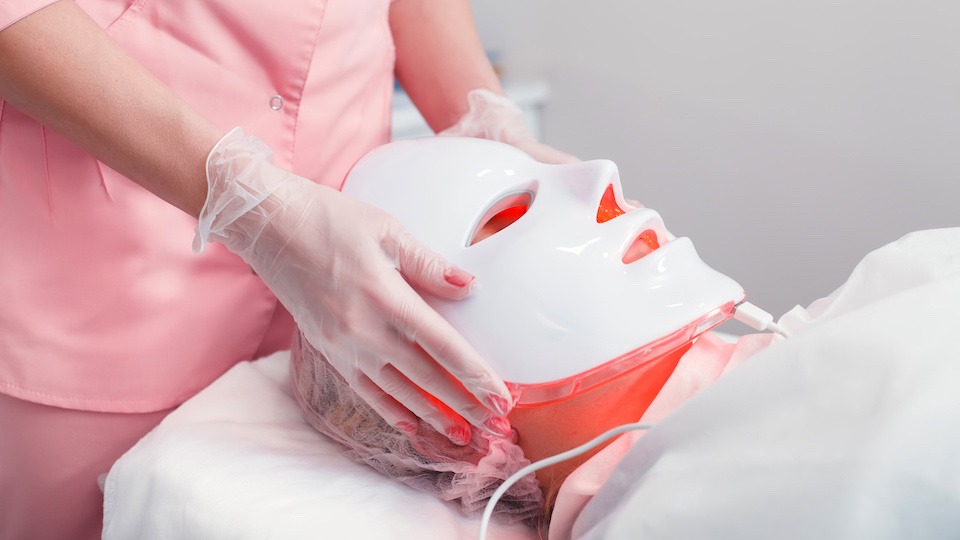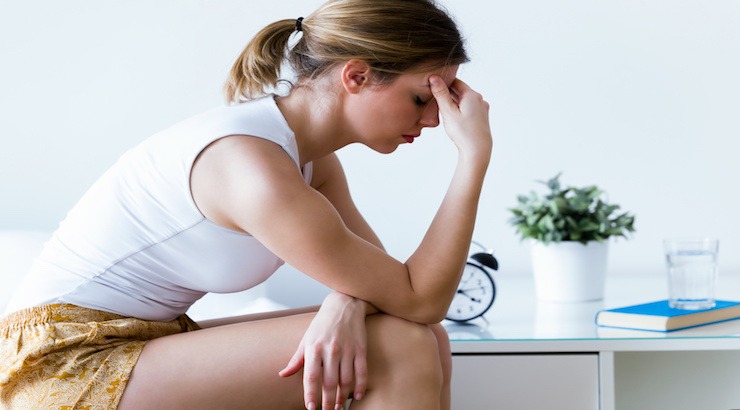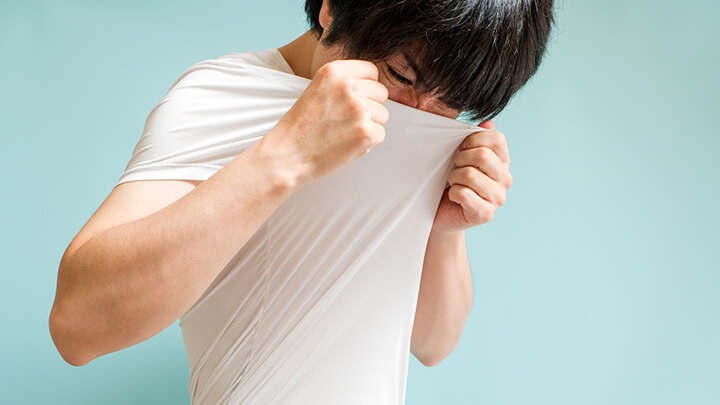Creams, serums, masks, collagen supplements, home remedies, peels, microdermabrasion, and beauty IVs. There always seems to be some new fad in the skincare world, claiming that it’s the next best thing. The latest and some claim the greatest, comes in the form of LED light therapy. A remedy that can vanish wrinkles, eliminate acne, reduce scarring, calm redness, and more…supposedly. So what does science have to say about this strange new treatment? Read on to find out.
What is light therapy?
LED light therapy primarily uses red and blue low-level wavelengths of light. When the skin is exposed to this light for a certain amount of time, your body produces a biochemical effect that boosts the amount of energy stored in cells. Essentially, the light is acting on the fibroblasts in your skin, certain cells that control collagen production. Of course, collagen is the protein that helps strengthen skin and hair and restore connective tissue following damage. In short, these light wavelengths penetrate deeply into your skin and benefit more than just the surface layer, unlike creams and serums
The red light is usually used for targeting fine lines and wrinkles, along with inflammation and redness, while the blue light could help reduce oil activity in the sebaceous glands of the face, keeping pores free of oil and helping reduce the occurrence of acne. There is also some evidence to suggest that the blue light could help diminish the presence of Cutibacterium acnes, which is the primary acne-causing bacteria.
Benefits of LED light therapy
No chemicals
Many skin treatments are loaded up with lab concoctions and strange-sounding ingredients that have way too many syllables to pronounce. LED light therapy, on the other hand, uses the power of LEDs alone to restore glowing skin. If you are trying to be more natural, this is a great way to ditch chemical skin remedies.
Safe for all types of skin
Light therapy is safe for all skin colors and types, including oily, dry, and combination skin. If you have not been able to find success with over the counter products, it may be time to take your beauty routine up a notch.
The American Academy of Dermatology supports this practice as a safe and viable way to improve the appearance of your skin.
Downsides to LED light therapy
Price
The budget for a single light therapy session is incredibly broad and can range anywhere from $50-$300 depending on your location, and if you decide to do a full-body or merely a face session. Many aestheticians recommend at least ten sessions over ten weeks and then monthly sessions for upkeep.
Factor in price before beginning treatment and keep in mind that at-home options, though less expensive, do not provide as dramatic results.
Eye damage
One of the only safety concerns related to LED light therapy involves your eyes. Whenever you visit a clinic for light therapy or perform at-home treatments, be sure that you are wearing some sort of eye protection as continued exposure could prove harmful for your eyesight. Avoid using if you are on a medication that makes your eyes more sensitive to light or if you have an underlying eye condition.
Results aren’t guaranteed
As mentioned above, light therapy is expensive, and there is no guarantee that you will see results. Of course, most people notice healthier skin, fewer wrinkles, and a glowing complexion, but this isn’t always the case. Always consult with a dermatologist before beginning any new treatments.
Though there are some studies to support the use of LED light therapy, most are small clinical trials, and more research is needed.
A note on the skincare culture
As a culture, we are continually looking for ways to increase outward beauty and keep up with the seemingly perfect celebrities we see on social media and TV. Though there is something to be said for looking after your skin, true healing and rejuvenation start from the inside out. You cannot have glowing skin if you are filling your body with garbage, no matter how many light therapy sessions you undertake. Drink lots of water, eliminate processed food and sugar and eat healthy fruits, vegetables, lean meats, and other whole foods.
-The UpWellness Team







